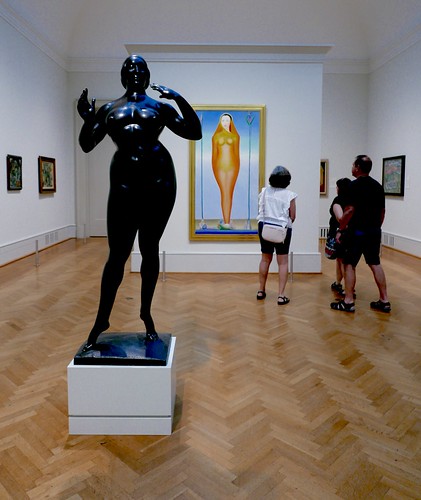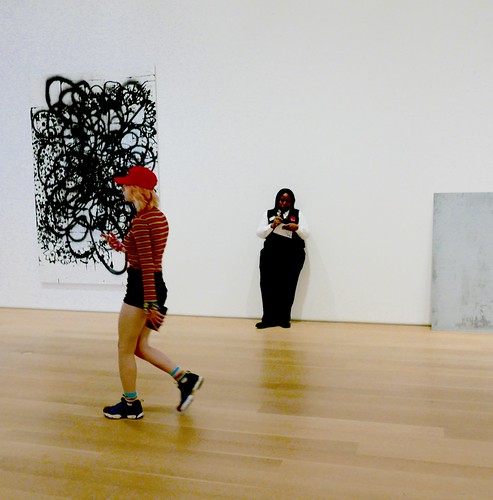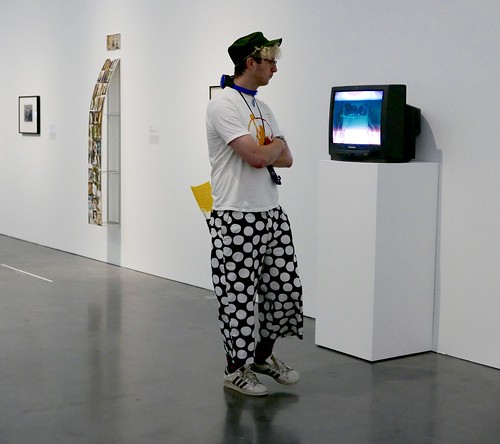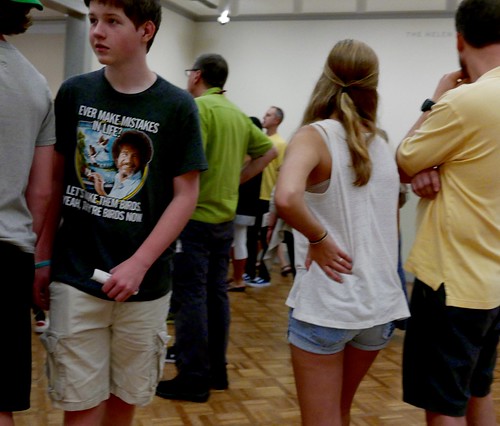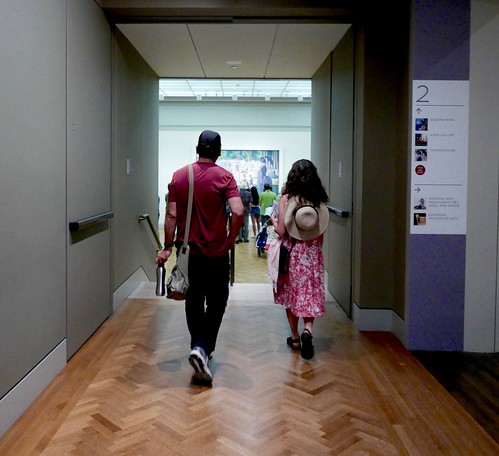From "Is Partying Dead, or Are You Just Old? Gen Z was alive during a week of supper clubs, daytime raves and rooftop ragers in New York City" (NYT).

Strewed over with hurts since 2004

Yes, the Morgan Wallen people were out in abundance yesterday, and there's a second concert tonight. This is my neighborhood, where I remember, long ago, listening to Pink Floyd wafting over from Camp Randall.
I hadn't realized it's been 28 years since there's been a concert in the football stadium. Nice. The crowd seems to have included lots of people from out of town. So many women in short shorts and cowboy boots. We talked to a couple who'd come in from Iowa for the big concert. Me, I'd never heard of Morgan Wallen, but what do I know? I found out he's the biggest star. I hope he and everyone else enjoy Madison.
If you watch the video, keep an eye out for the children selling lemonade. The reporter asks each of them what they'll do with the money, and you may be surprised at what they say.

A caption under a photograph of so many tourists at the Parthenon that it makes me think it's absolutely pointless (aesthetically) to visit the Parthenon. That's my cultural norm. I don't want the sight I'm seeing to be other tourists.
But the article is about the cultural norms of the people in the place the tourists are visiting: "Iced Coffee and Flip-Flops as Europe Broils? Not So Fast, Americans. As large numbers of U.S. tourists visit Europe during a record hot summer, their efforts to stay cool are running up against cultural norms" (NYT).
The article still takes the point of view of the American tourists, because the reason for paying attention to the cultural norms of the place you are visiting is that you aspire to "blend in with the locals."
Filed in yesterday in state court in Manhattan. I'm just going to extract some things that stood out to me, so I encourage you to do your own independent reading. My selections are entirely biased, as is this entire blog, toward what catches my attention:
Giuliani worked aggressively to hire Ms. Dunphy, offering her what seemed like a once-in-a-lifetime opportunity to work as his Director of Business Development with a salary of $1 million per year.... He made clear that satisfying his sexual demands—which came virtually anytime, anywhere—was an absolute requirement of her employment and of his legal representation. Giuliani began requiring Ms. Dunphy to work at his home and out of hotel room, so that she would be at his beck and call. He drank morning, noon, and night, and was frequently intoxicated, and therefore his behavior was always unpredictable. Giuliani also took Viagra constantly.

I love that poster. It's for a 1955 Japanese film about the Abominable Snowman.
I ran across that just now researching the phrase "half human" as I was writing the previous post.
Interesting things about the poster: woman in shorts in a snowy mountain environment, man more suitably dressed in a Tyrolean hat, vaguely indicated male genitalia on the Snowman.
ADDED: Joe Dante explains "Half Human":
What the whole thing if you dare: here.
A headline in T, the NYT Style Magazine, for an article by Nick Haramis.
The history of polka dots. This is the article I want to read. I feel some pressure to write about Biden's 2-hour news conference yesterday, which I watched, but I'm loath to blog it without a complete transcript. I have seen the "5 takeaways" pieces and the "utter disaster!!!" stuff, and it's propaganda on top of propaganda. Until I find a transcript, I'm holding off, I'm in the ellipsis... and therefore: polka dots!
Haramis writes delightfully:
"... but refused. Instead, she responded with profanity and offensive conduct, including further exposing her buttocks."
Six Flags responds to the woman who Facebooked her outrage at being asked to leave the amusement park because her shorts were extremely short.
From the Facebook post: "Then [the park police officer] proceeded to follow me and grabbed my shoulder to turn me around and proceeded to tell me my shorts were 'too short.' I committed no crime and proceeded to walk to my boyfriend as I am autistic and have a hard time talking to officers. She followed me yelling and calling for backup... [W]e were about to leave and were blocked by your female officer from leaving and she pulled out her cuffs and demanded my ID. When we asked for probable cause their answer was 'because they are the police.'"
Video clip at the link, showing part of the interaction with the cop. Without the full context, I'm not going to opine on what the cop did. I'm wary of these videos that begin after conflict has escalated. But I support the park's requirement that guests keep their buttocks in their pants! By the way, the woman with the shorts is a petite and pretty white woman. The cop is a large black woman. Whatever the buttock exposure policy is at Six Flags, it has to be the same for whites and blacks, for the slim and the fat. Enforcing the policy on this woman is, I think, evidence that Six Flags is treating all its guests the same. Rules are rules. No exceptions.
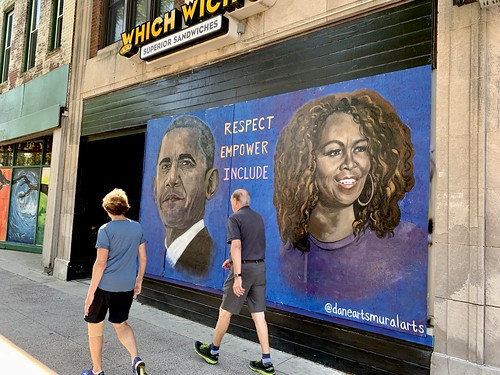
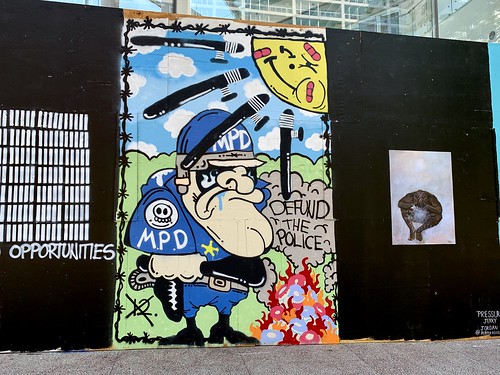
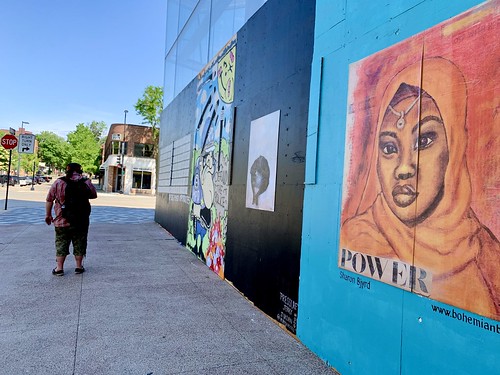
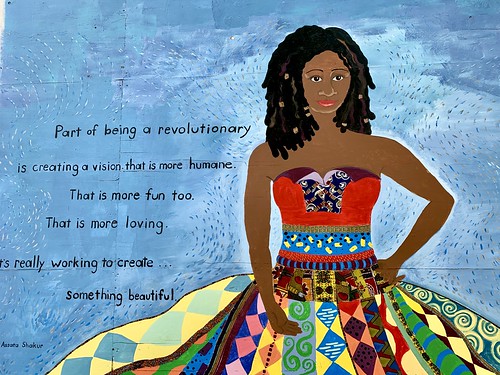

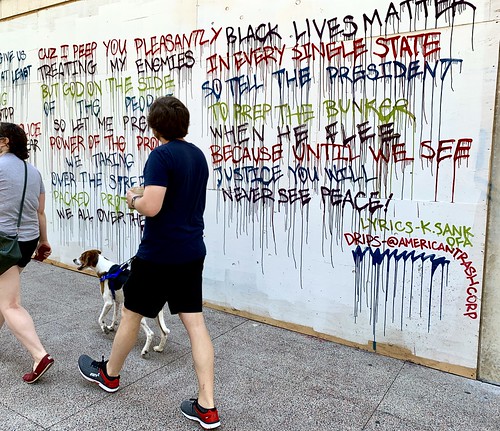
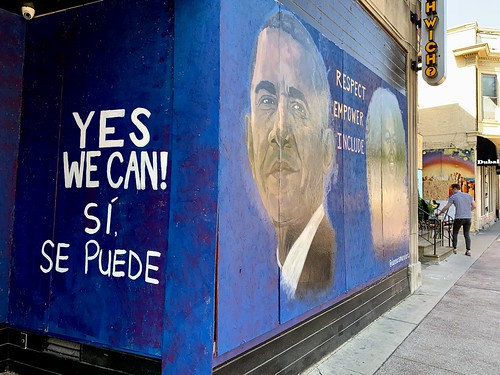
Dr. Rowe said she was walking to her seat when a male flight attendant, whom she described as black, asked her to return to the front of the plane. Another flight attendant, who was also black, then spoke to her about her appearance while she stood on the jet bridge, Dr. Rowe said.So... the airline has a dress code with improper grammar. How's a person to know what's "appropriate" in this world? The airline is specific about one thing: bare feet. I take that to mean it's okay to wear flip flops. Or does it depend on whether the feet you expose are hairy and gnarly?
“She poses the question to me, ‘Do you have a jacket?’” Dr. Rowe said. “I said, ‘No, I do not.’ I’ve been given no explanation as to why I was taken off the plane. So finally she says, ‘You’re not boarding the plane dressed like that.’ Then they started to give me a lecture about how when I got on the plane, I better not make a scene or be loud.”
The airline’s conditions of carriage, which are posted on its website, make a brief reference to a dress code: “Dress appropriately; bare feet or offensive clothing aren’t allowed.”

Yes, the female form is beautiful, but is it made more beautiful by borrowing clothes from the boys, by wrapping it in a cloud of debauchery, by having parts exposed in a way that makes a woman “all legs” instead of full human?I guess I'm not going to get an answer to the question, only more questions. Questions good. Why not a column full of questions? Maybe we women writers should be all questions, just like the runway models are "all legs."
This is not to say that the collection was bad or offensive or improper, only that it raised questions. And raising questions is good, particularly in this moment when the culture, both here and in the United States, is considering its male and feminine norms....
[Male designers at Saint Laurent] have told women that it is empowering and satisfying to wear teeny-tiny snakeskin shorts with towering heels, to splash through shallow waters with breasts bared on a night chilly enough that guests were swaddled under blankets. They have told them that the ideal female form has the spindly legs of a filly — so immature and scrawny that one half expects the model to collapse in a heap from the sheer exhaustion of having to walk upright....So, yeah, we do end with more questions. I was going to say it's the same old questions I've always seen about fashion designers, but really the questions have evolved. What I used to see (half a century ago) was the question whether the designers hated women. This idea was typically tied to the observation that they didn't sexually desire women at all: The designers are gay and that's why the clothes are hostile to women. What we see in this new column is the idea that male sexual desire for women is driving the designs. Are the designers not gay anymore? Why would expensive clothes be designed to "satisfy" men? The women are the clients. What's the logic here?
Yes, the female form is beautiful. It’s inspirational. But what has it inspired? And has that been empowering to women or simply satisfying to men?
Today my school was shown this video. So sad how ONLY girls are shown as the violators. I understand why my school has a dresscode, but what about the boys who wear shorts, or show their shoulders? It’s 2018...Why are we still over-sexualizing teen girls? pic.twitter.com/fCXymYAIEG— cat (@catmoring) August 16, 2018
